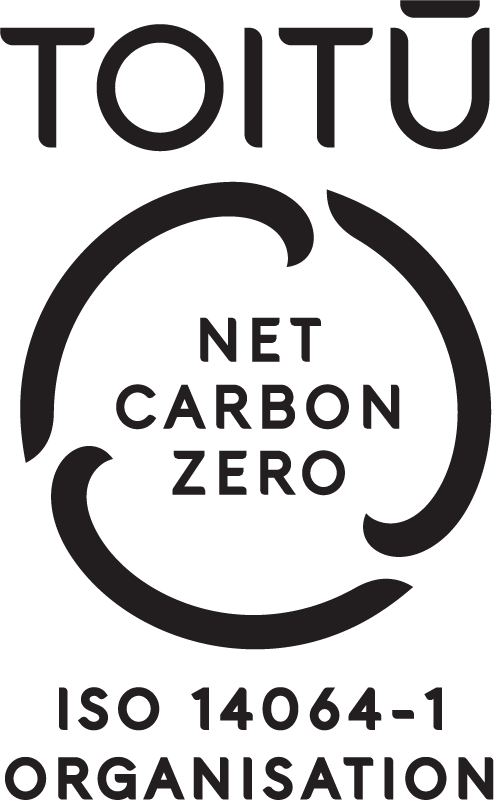
The income equation: why the bond+equity solution still adds up
20 June 2022Income-focused investors have had it tough in the post global financial crisis (GFC) era.
Forced by the GFC into interest rate cuts and unconventional moves such as ‘quantitative easing’, central banks set the scene for the lower-for-longer era that dragged on for more than a decade.
With inflation seemingly benign despite the extreme volume of free money flowing through the system, monetary authorities loosened further – even into negative rate territory – as an antidote to any COVID-19 economic disruption.
Whatever the policy rationale for maintaining rates at ultra-low levels, conservative investors looking for a reasonable steady yield from ‘safe’ products such as bank term deposits faced an uncomfortable truth: either accept increasingly lower returns or take on more risk.
The Mint Diversified Income Fund was launched in 2014 as one option to help such investors resolve the dilemma. Under a conservative approach aimed at preserving capital and generating regular yield, we established a strategic allocation of 65 per cent in bonds, 30 per cent in equities and 5 per cent in cash.
Post 2014 both shares and bonds generally delivered upbeat returns as falling interest rates lifted the valuations of all assets.
While the running yield on bonds fell in line with sinking rates, the mark-to-market capital value of fixed income portfolios rose in a counter-balancing effect.
In short, the strategy provided investors with the required income from a portfolio dominated by high-quality bonds.
Minus signs
Even as recently as late 2021 central banks remained confident of maintaining low interest rates for some time as a cushion for economies emerging from COVID shocks.
After years of ultra-easy monetary policy combined with global supply chain disruption and fiscal largesse, inflation made an appearance during 2021. In a classic case of beware what you wish for, the genie was out of the bottle.
Initially dismissing incipient signs of inflation as ‘transitory’, monetary authorities were slow to recognise the danger. They belatedly changed tack at the end of last year, ramping up their inflation control efforts over the first half of 2022 via a series of aggressive interest rate hikes.
What changed the situation abruptly was an unexpected full-scale invasion of Ukraine by Russia. Shortly before, the markets hoped that the inflationary pressures would ease soon and the US interest rates would peak in a range of 2 – 2.25 per cent by mid-2023. Whilst bond yields dropped initially, the inflation narrative took hold soon after. Both energy and food prices reacted extremely to the conflict. The price of oil and wheat contracts surged by over 30 and 60 per cent respectively over the conflict's first two weeks. This created a strong inflationary impulse.
Markets have reacted accordingly. The all-important benchmark US 10-year bond rate, for example, more than tripled from a low of about 1.1 per cent in August 2021 to the most recent high of 3.45 per cent. Last week the US Federal Reserve hiked rates by 0.75% - the biggest increase since 1994 – and other global central banks are also raising rates again as we write this.
Rising interest rates, of course, have an inverse effect on the valuation of existing fixed income portfolios. And given the extreme rate moves of 2022, bond values have fallen in kind.
Fixed income funds tracking the global bond benchmark have recorded double-digit mark-to-market losses for the five months to the end of May – the index was down about 12 per cent for the period.
Active management of fixed income portfolios can shield investors against the worst of the market rout but, inevitably, all marked-to-market bond portfolios will be in the red.
Hence, conservative funds (that are typically bond heavy) underperformed more growth-oriented strategies during 2022: the unusual set of circumstances triggered a round of media coverage on the impact for members of KiwiSaver conservative funds.
The debate revealed an understandable confusion about the meaning of ‘conservative’ investments among some KiwiSaver members: it seems many mistook the label to mean the same as cash.
Hopefully, the media storm did not encourage a mass KiwiSaver move to cash, as that would crystalise fixed income capital losses that ultimately would disappear as the underlying bonds mature.
A plus for yield investors
As disconcerting as the sharp drop in bond valuations may be, the market regime change holds a silver lining for fixed income investors.
For the last several years interest rates have fallen, reducing income generating opportunities but raising capital values. The new market regime has the inverse effect – capital values have fallen, but yields conversely move higher for investors.
For instance, the Mint Diversified Income Fund currently has an annual yield of 5.3 per cent on its bond holdings over an average duration of about 3.5 years: early in 2021 the same yield figure stood at about 1.3 per cent.
We have taken advantage of rising rates to buy more bonds for our portfolios. Overall, our fund now has about 65 per cent of the portfolio in bonds (up from 50 per cent this time last year) and 30 per cent in shares (spilt more-or-less equally among NZ equities, listed property and global markets).
Investors are naturally concerned with the immediate challenges of rising rates as central banks attempt to bring inflation under control. The short-term focus on market volatility, though, obscures the view of likely outcomes over the next few months and beyond.
Under our base case scenario, inflation should taper off in the latter part of 2022, allowing central banks to slow rate hikes in a move that supports equities and stabilises bonds.
Early signs of slowing economic activity in NZ and the rest of the world suggest rates may not have room to move too much higher anyway. And if a recession hits, rates may even have to fall again, pushing back up the capital value of fixed income portfolios.
If the outlook changes, we adapt the Diversified Income Fund settings accordingly. Despite much uncertainty ahead, however, the right diversified mix of bonds and equities should smooth the way for income investors.
Disclaimer: Marek Krzeczkowski is Portfolio Manager at Mint Asset Management Limited. The above article is intended to provide information and does not purport to give investment advice. Past performance is not a reliable indicator of future performance.
Mint Asset Management is the issuer of the Mint Asset Management Funds. Download a copy of the product disclosure statement here.


